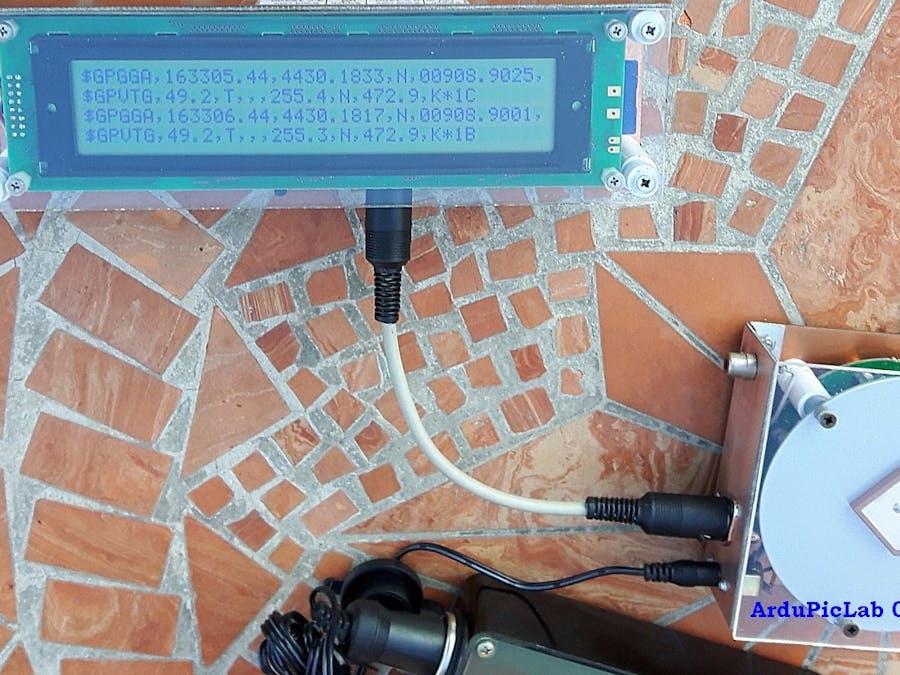I often need to have a compact serial terminal, without using a PC, in order to view the messages transmitted from the UART of microcontrollers or GPS receivers.
More details can be found in the post, with the same name, published in my blog: http: //ardupiclab.blogspot.it/.
TeensyFor this project I used a Teensy 3.1 because it is very powerful and very inexpensive compared to its features. Now it may be replaced by the new version 3.2, 100% compatible.
I have adopted a large alphanumeric display 40 columns by 4 rows. Because of its large size, it has two controllers, selected by pin E1 and E2. Since the library of the Arduino IDE can’t control two chips, I used the LiquidCrystalFast library by John Raines to drive this display. This is not necessary if you want to use a smaller display, such as a 20x4 characters.
Baud rate selectorTo select the baud rate I used three of the four dip switches for a total of eight communication speed: from 1200 to 115200 bits/sec.
The power supplyTo power the system, I preferred a rechargeable battery, because it's more suitable for mobile use. The simplest and cheapest solution was to use a commercial device which is now very widespread, usually called 'mobile power bank'. I recommend using a power bank with a switch, as I wrote in my post.








Comments